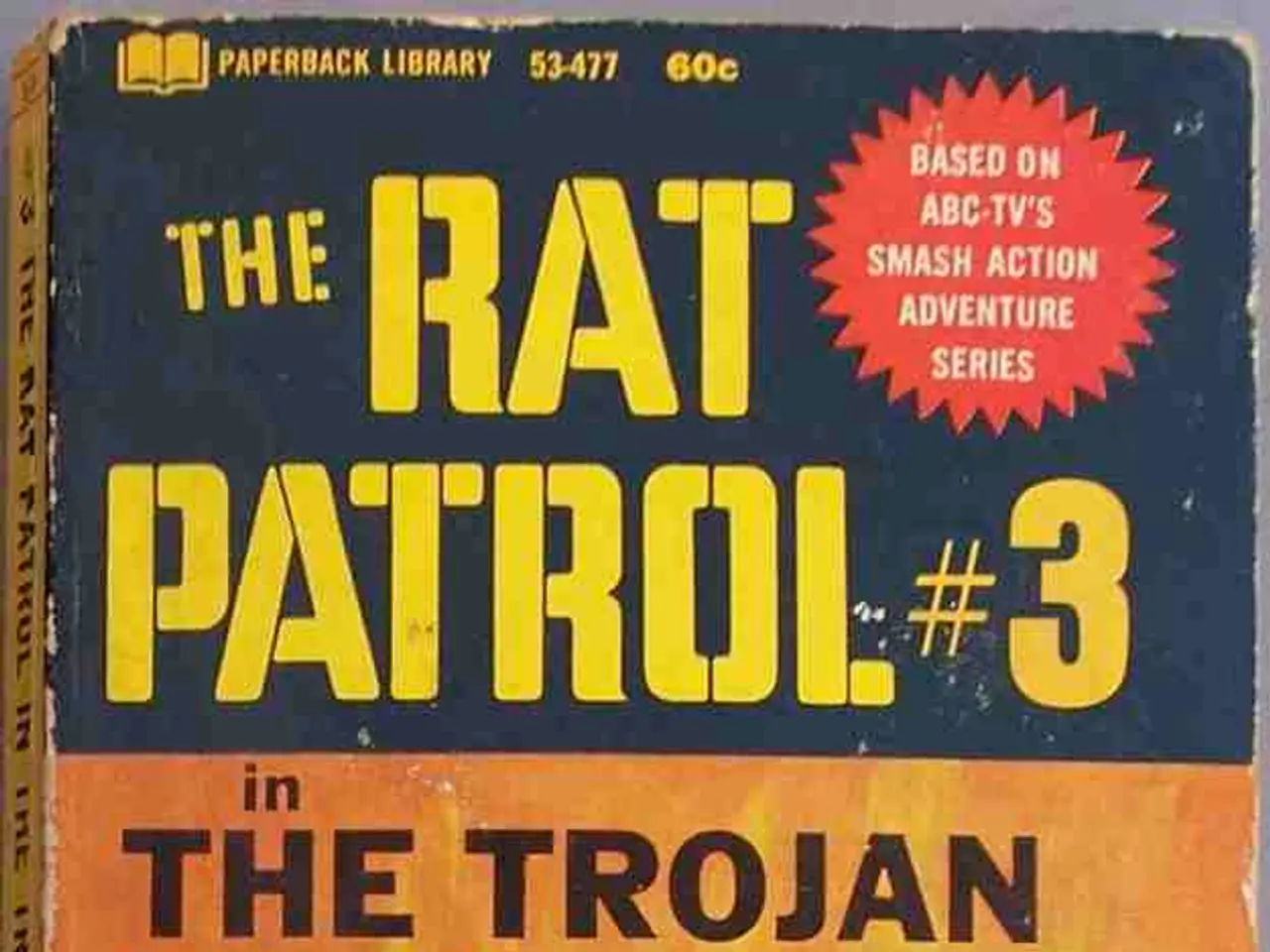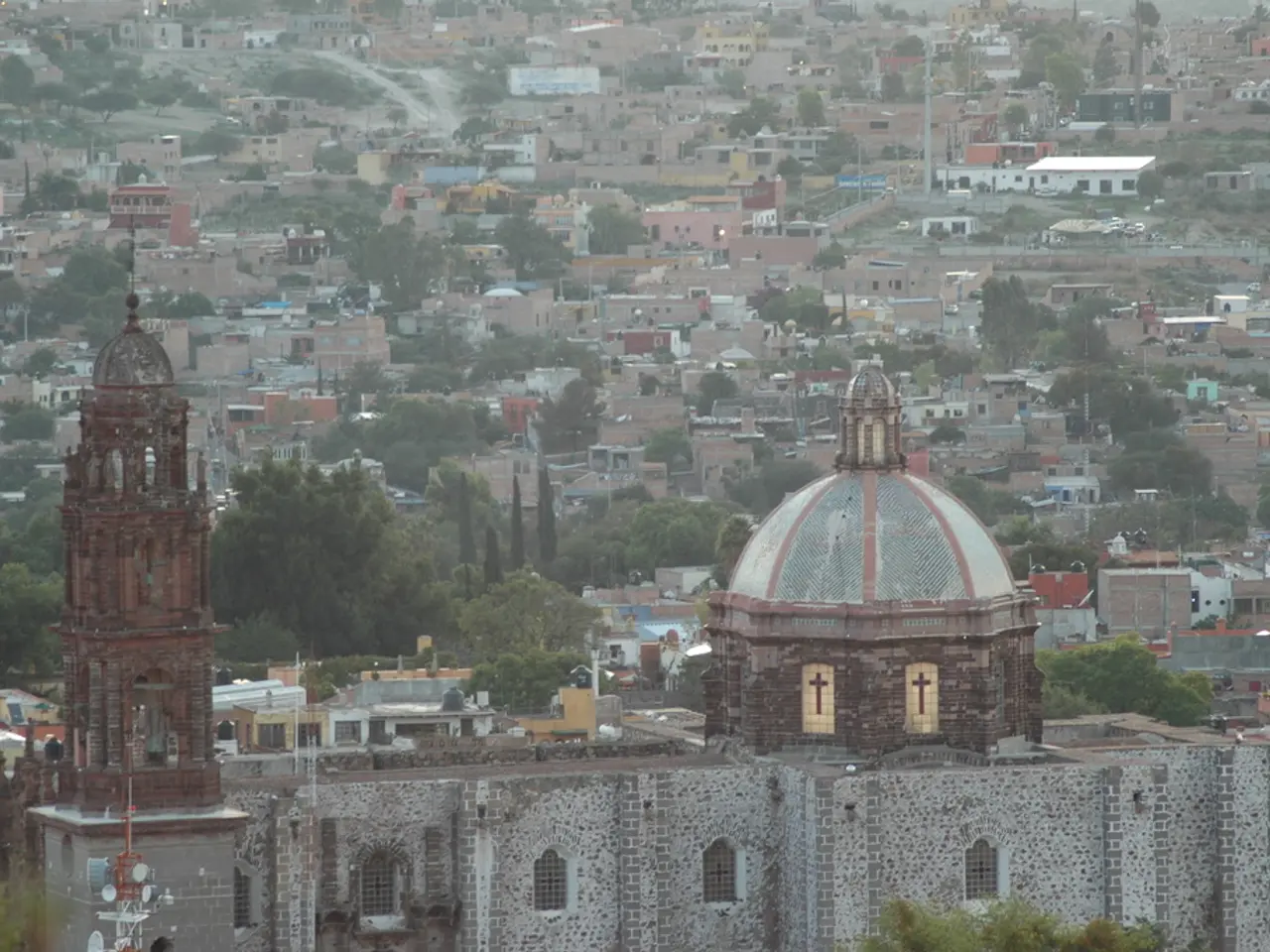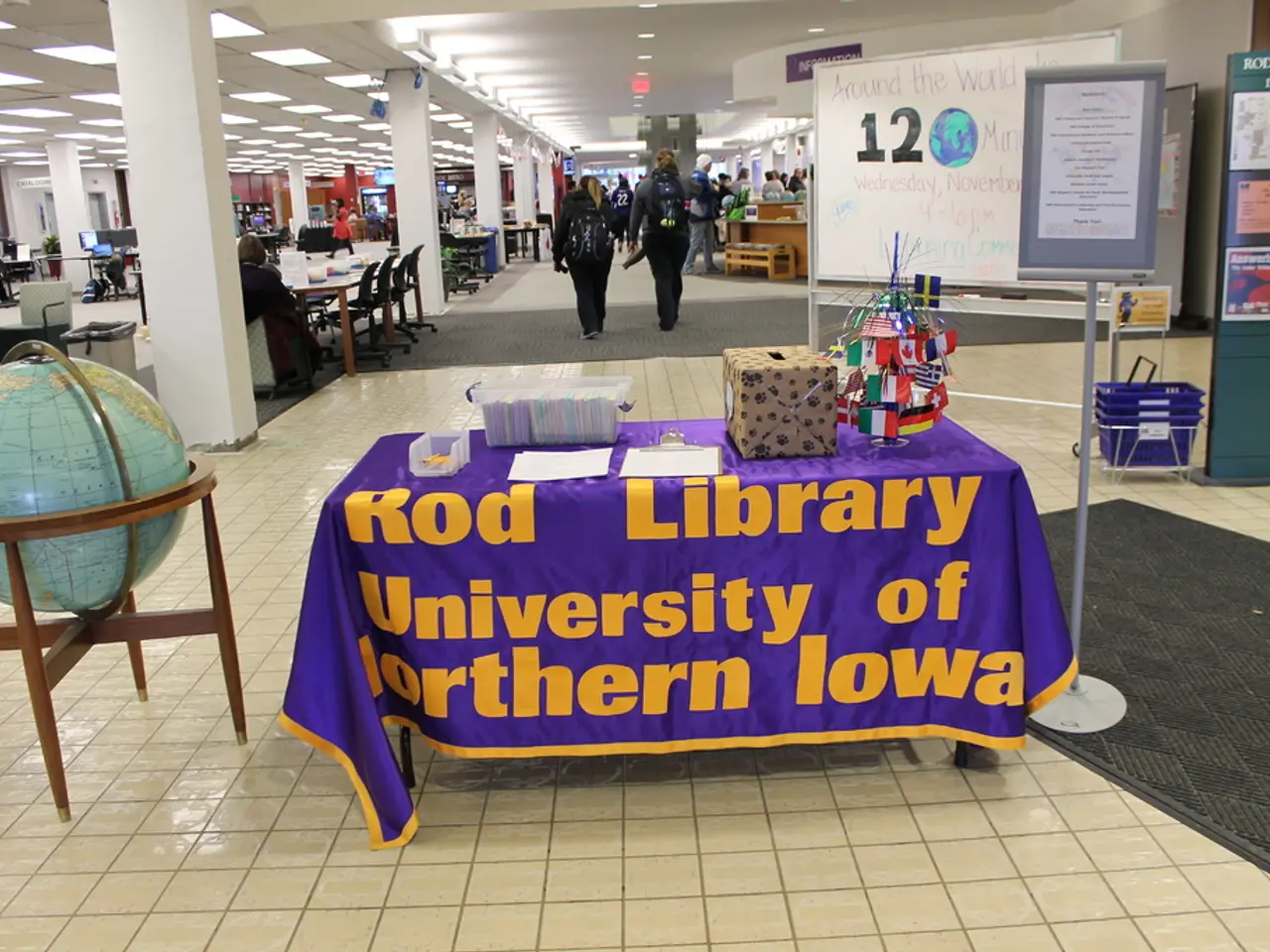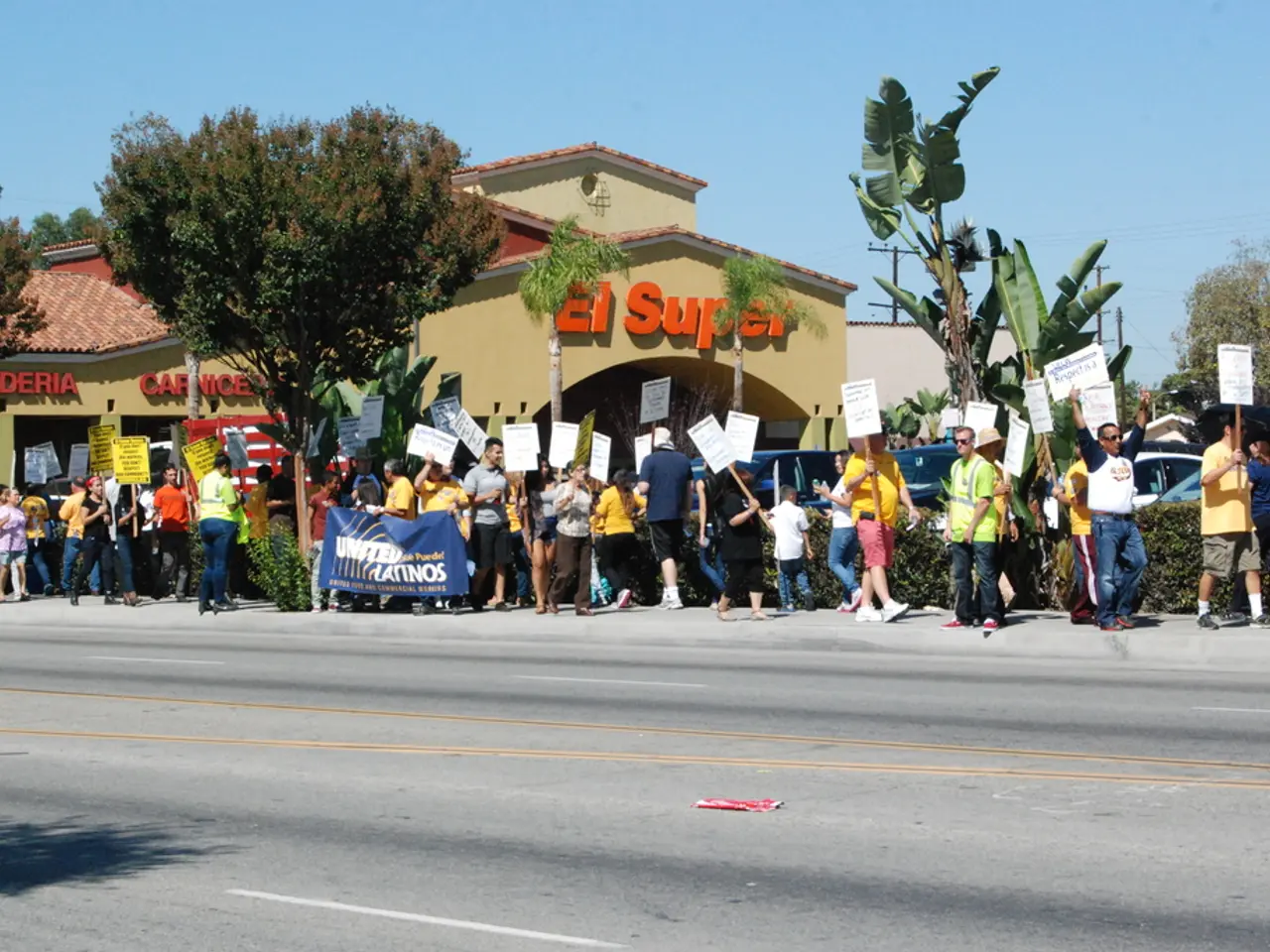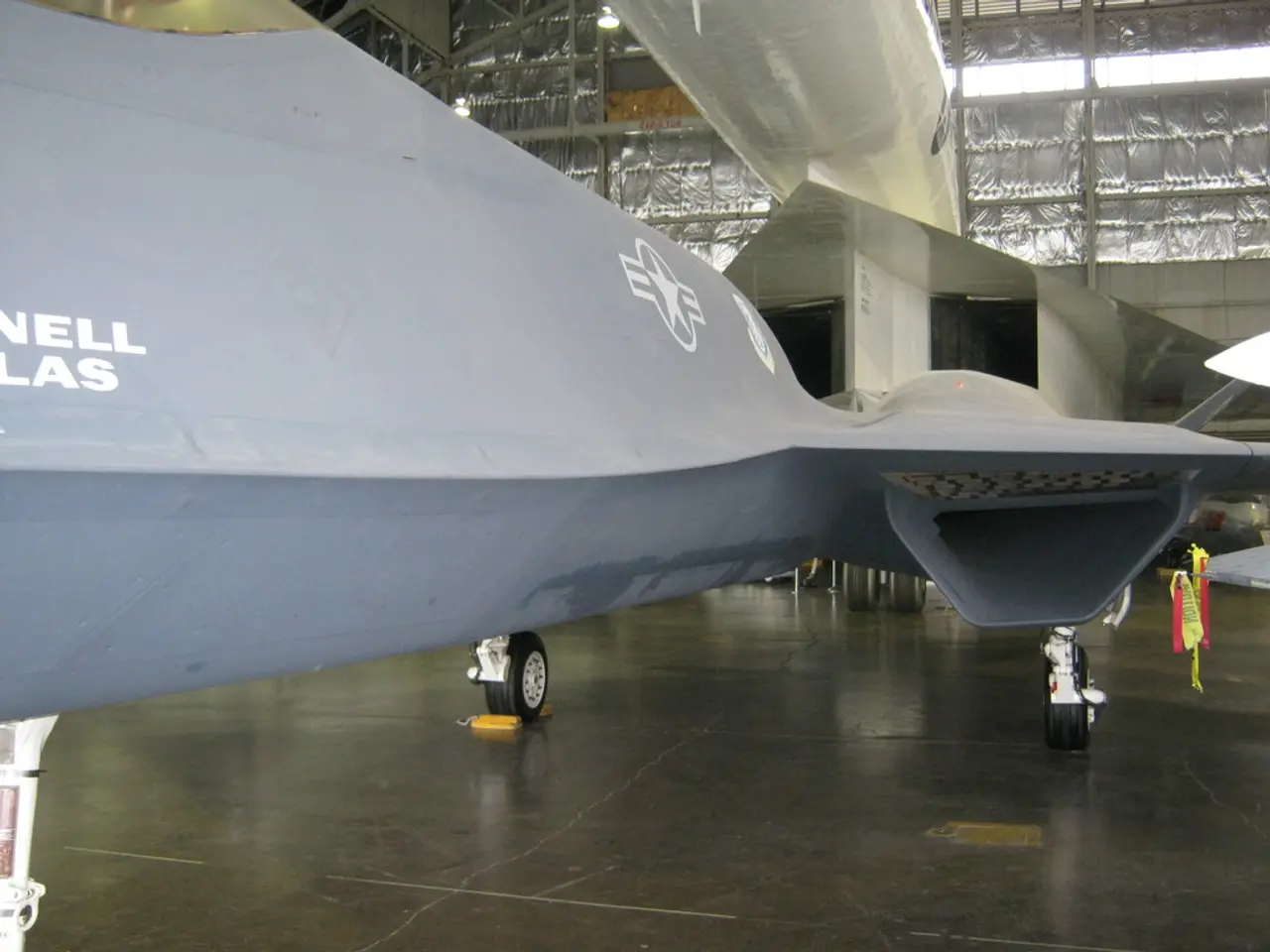Syria's Druze leaders declare a fresh ceasefire following destructive conflicts
In the tumultuous landscape of Syria, sectarian divisions remain a persistent challenge, fuelling ongoing violence and hindering efforts towards stability.
**Recent Violence**
This week, clashes between Bedouin tribespeople and Druze militias in the southern city of Suwayda resulted in the death of over 250 people. The violence drew in both the security forces of the new Syrian government and Israel, which warned Damascus that it would not tolerate harm to the Druze, many of whom live in Israel.
The clashes reflect the ongoing sectarian tensions that have plagued Syria since the fall of the Assad regime. In March and April 2025, Syria witnessed a series of massacres targeting Alawites, with fighters aligned with the Syrian caretaker government, as well as armed remnants of the former Assad regime, reportedly involved in these attacks.
**Governance and Security Challenges**
After the fall of the Assad regime, a hybrid state model has emerged, with local communities establishing their own systems for administration, security, and justice. However, this model has struggled to address sectarian tensions and ensure accountability. The failure to disarm armed Sunni groups and address sectarian grievances has exacerbated violence.
The merger of bottom-up administrative models with the top-down structure of Hay'at Tahrir al-Sham (HTS) has not fully resolved these issues. The security situation remains volatile, with the potential for further conflict between various factions.
**Community Impact**
The violence has particularly strained relations between Alawite and Sunni communities. Both sides have suffered casualties and reported targeting based on sectarian identity. While there have been tensions involving Kurdish areas, HTS has not been reported to have committed specific violations against Kurds based on ethnicity or political opinion since the fall of the Assad regime.
**Looking Forward**
Despite efforts to establish a new governance structure, Syria continues to grapple with deep sectarian divisions and ongoing violence. The path towards stability and reconciliation remains uncertain, as the country navigates its complex political landscape.
In other news, Sen. Thom Tillis is prepared to tangle with the 'disrespectful', while Amazon has launched an AI agent-building platform for businesses to boost productivity. The Syrian government and the Druze religious minority announced a renewed ceasefire on Wednesday, following days of clashes that involved Israel.
[1] Syrian Network for Human Rights, Syrian Observatory for Human Rights [2] International Crisis Group, Hay'at Tahrir al-Sham [3] Human Rights Watch, Amnesty International
- The ongoing clashes between Bedouin tribespeople and Druze militias in Syria, as evidenced by the recent violence in Suwayda, are a manifestation of the broader war-and-conflicts that have been fueled by politics and sectarian tensions in the country.
- In the backdrop of general-news, the Syrian government and the Druze religious minority's renewed ceasefire following days of conflict highlights the complex political environment and the persistent challenges posed by war-and-conflicts and sectarian divisions in Syria.
